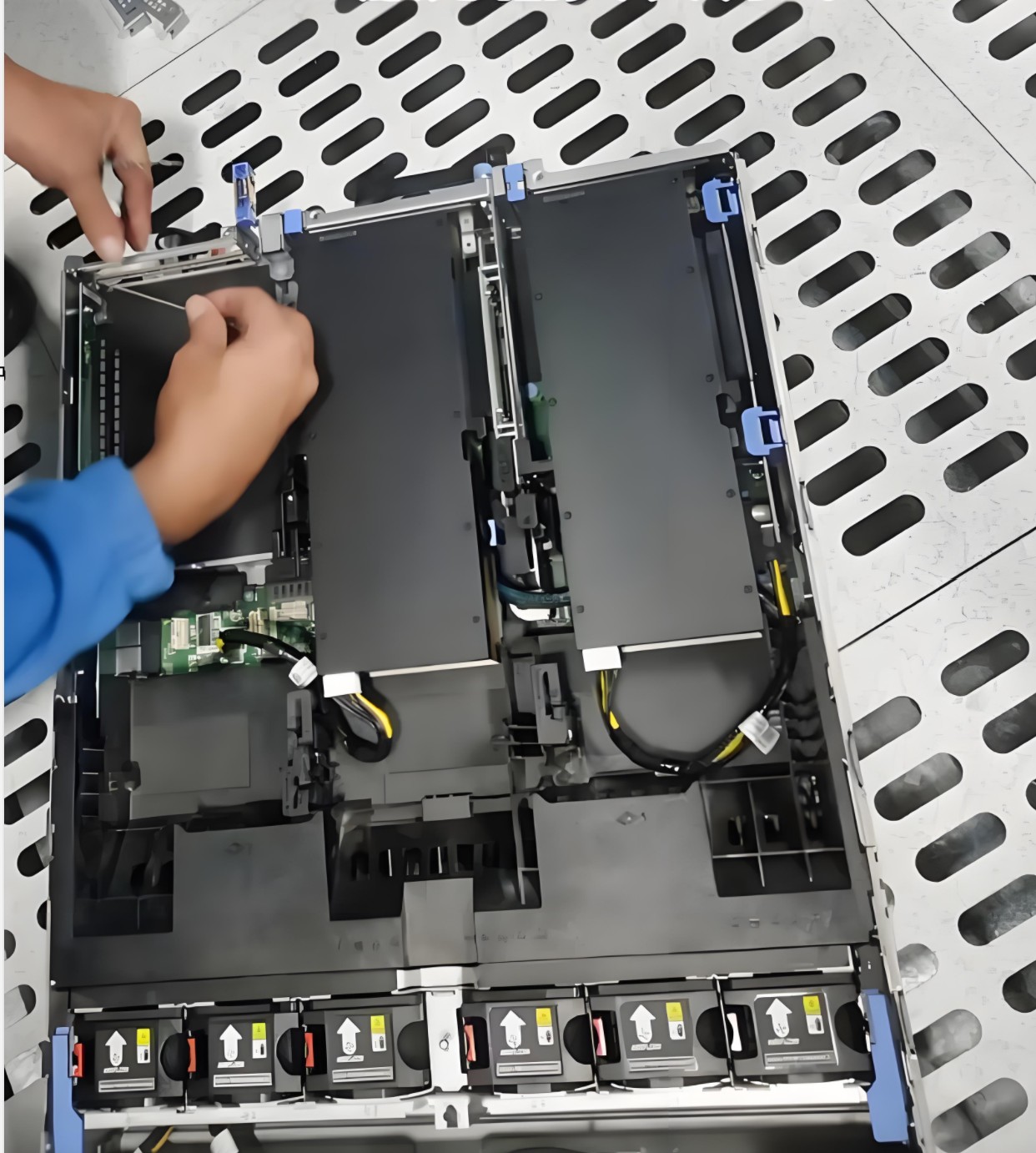
Module 1: GPU Hardware Basics
1.1 GPU Fundamentals
• GPU vs. CPU: Architectural Comparison and Application Scenarios
• Overview of NVIDIA, AMD, Intel GPUs (Datacenter vs. Consumer Grade)
• Major GPU Computing Architectures (CUDA, ROCm, OpenCL)
1.2 GPU Specifications and Selection
• Introduction to Tensor Cores, RT Cores, CUDA Cores
• VRAM Capacity and Bandwidth (HBM vs. GDDR)
• Impact of PCIe Lanes (PCIe Gen4 vs. Gen5) on Performance
• Multi-GPU Interconnect Technologies (NVLink vs. PCIe)
• GPU Selection Guide for AI / HPC Workloads (A100, H100, RTX 4090, MI250X)
1.3 GPU Server Hardware
• Comparison: Server vs. Workstation vs. Laptop GPU Deployment
• GPU Power Requirements (TDP, 8-Pin / 16-Pin Power Connectors)
• Cooling Solutions (Air Cooling vs. Water Cooling vs. Liquid Cooling)
• Rack Installation and GPU Server Environment Requirements
Module 2: GPU Assembly
2.1 Physical Installation of GPU
• Selecting a Compatible Motherboard (PCIe x16 Support, Multi-GPU Slots)
• Installing GPUs in Server / Workstation
• Multi-GPU Setup (SLI / NVLink Bridge)
• Correctly Connecting Power Cables (ATX / Server PSU)
• Optimizing Case Cooling (Airflow Design)
2.2 BIOS / Firmware Configuration
• Checking BIOS Settings (PCIe Lanes, Resizable BAR)
• BIOS Updates and GPU Compatibility Check
• IPMI Remote Management for GPU Servers (Data Center Use)
Module 3: GPU Drivers and Software Environment
3.1 GPU Driver Installation
• Installing NVIDIA / AMD / Intel Drivers (Windows & Linux)
• Using CUDA / ROCm for GPU Computing
• Driver Version Management (NVIDIA Driver, CUDA Toolkit)
• Checking GPU Recognition (nvidia-smi, rocminfo)
3.2 GPU Computing Frameworks
• Deep Learning Frameworks (TensorFlow, PyTorch, JAX)
• GPU Acceleration Libraries (cuDNN, cuBLAS, TensorRT)
• GPU Job Schedulers (SLURM, Kubernetes + GPU)
Module 4: GPU Performance Optimization
4.1 GPU Performance Testing
• Monitoring GPU Status (Temperature, Power Consumption, VRAM Usage)
• Using nvidia-smi, gpustat to Monitor GPU
• Benchmark Testing (CUDA-Bench, Geekbench)
4.2 Overclocking and Power Management
• GPU Overclocking Tools (Precision X1, MSI Afterburner)
• Power Limit Management (nvidia-smi -pl to Set Power Cap)
• Cooling Comparison: Air vs. Water Cooling
4.3 Multi-GPU Parallel Computing Optimization
• Data Parallelism vs. Model Parallelism
• NCCL Library for Optimizing Multi-GPU Communication
• Load Balancing and Dynamic Scheduling Strategies
Module 5: GPU Fault Diagnosis and Maintenance
5.1 Common GPU Issues
• Crashes Due to VRAM Shortage (OOM Error)
• GPU Load Imbalance (Bottleneck Analysis)
• Thermal Throttling Due to Overheating
5.2 Troubleshooting Tools
• Using dmesg / journalctl to Check Driver Error Logs
• Generating Diagnostic Reports with nvidia-bug-report.sh
• GPU VRAM Testing Tools (MemTestG80 / CUDA Memtest)
5.3 Server-Level GPU Maintenance
• Regular Dust Cleaning and Thermal Paste Replacement
• Power Supply and Power Stability Checks
• NVLink Connection Inspection
Module 6: GPU Server Cluster Setup
6.1 Distributed GPU Computing
• Multi-Node Multi-GPU Configuration (RDMA, InfiniBand)
• Kubernetes GPU Container Management (Docker + GPU)
• Training Large Models with Horovod, DeepSpeed
6.2 Cloud GPU Computing
• Using GPU Instances on AWS / Azure / Google Cloud
• Cloud GPU Cost Optimization (Spot Instances vs. On-Demand)
• Cloud vs. On-Premise GPU Cost Analysis

GPU Assembly and Debugging